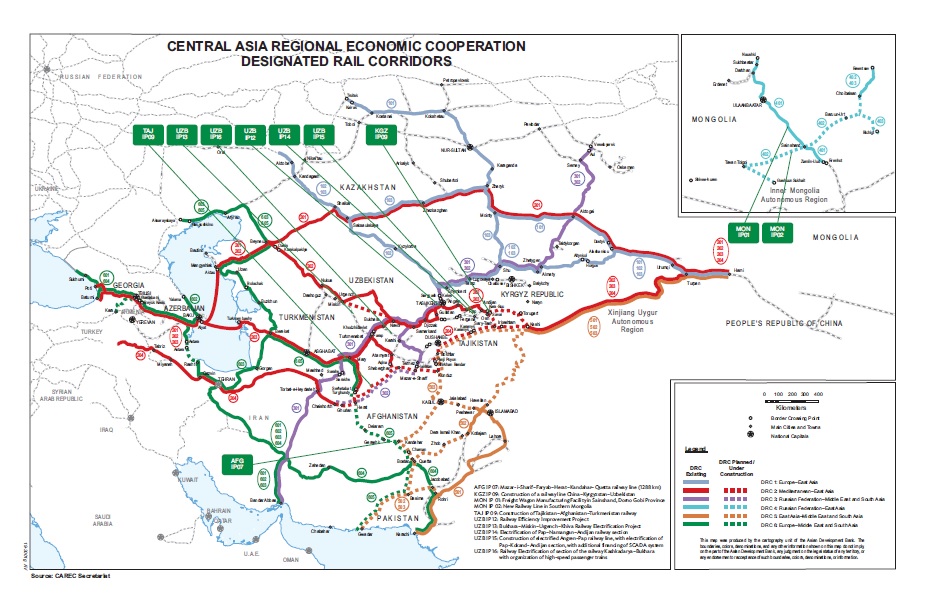National Infrastructure Investment fund is an Alternative
Investment fund and India’s first sovereign investment fund. The large
investment funds/fund managers are facilitated to drive the growth of India’s
economy through this fund.
It may be noted that SWF in India is not to park excess fund
from natural resources as done by countries like Kuwait, Saudi Arabia, Botwana
etc. It is for fund receipt into India. The fund is anchored by Government of
India, who is a minority share holder. The NIIF has three types of funds (portfolios)
A.
Master fund – To invest in core assets like
ports , roads etc.
B.
Fund of funds – The fund managers with proven
track records in association with NIIF invest in areas like Green energy,
Affordable housing etc.
C.
Strategic fund – to invest/fund in
infrastructure projects eg: Equity
shareholding of 59% in IDFC-IFL.
Advantages for the investors
1.
Attractive long-term risk-adjusted returns for
our investors on a sustainable basis.
2.
Anchored by Government of India
3.
There is 100%
tax exemption to their interest, dividend and capital gains income in
respect of investment made in infrastructure and other notified sectors before
31st March, 2024 and with a minimum lock-in period of 3 years .
4.
providing local access and expertise
Risks
There is risk of project delays with respect to speed of
execution, local conditions, legal issues etc.
The inflow of funds to a particular sector may lead to
creation of bubble, stock price manipulations.
Note:
At the time of writing this article, The world famous firms like DP world, Roadis, ADIA etc are investing in India through the NIIF.









